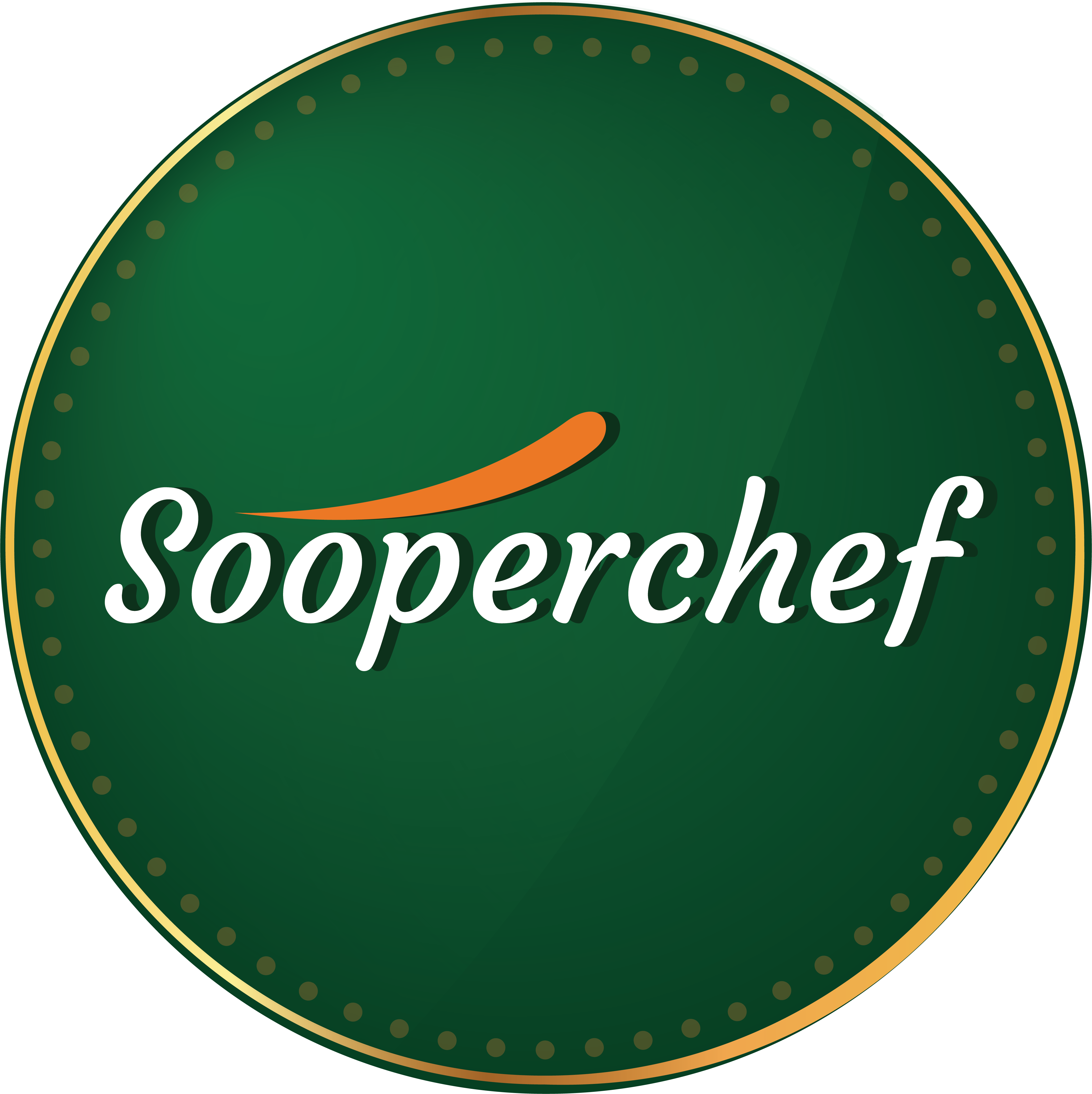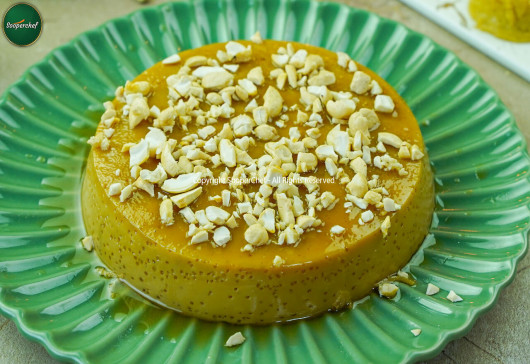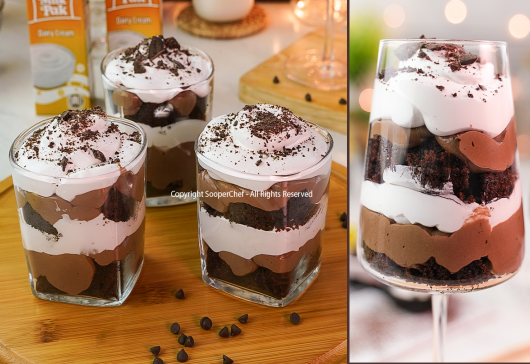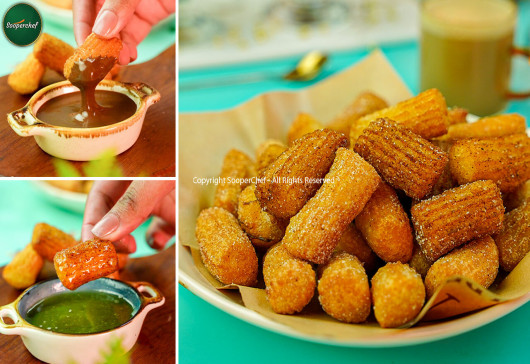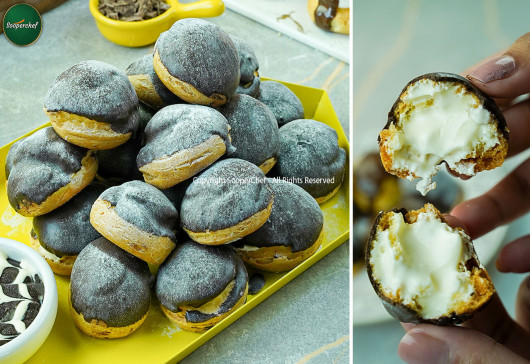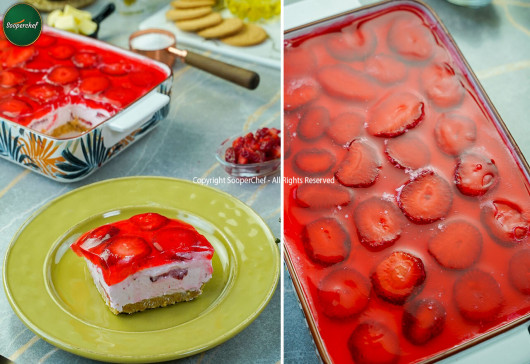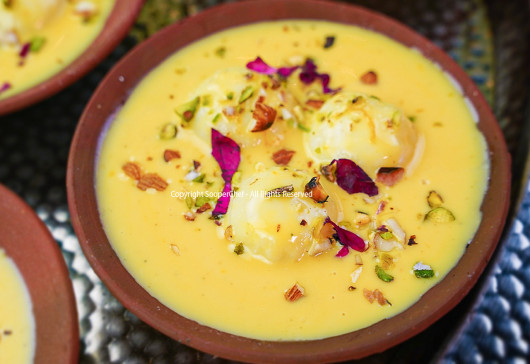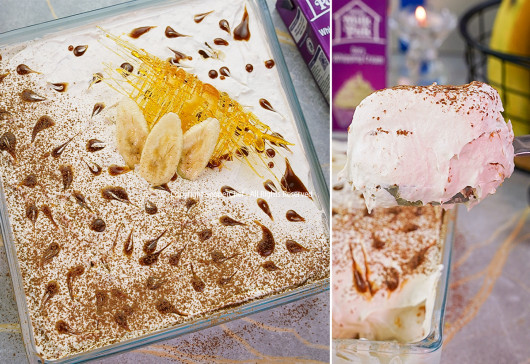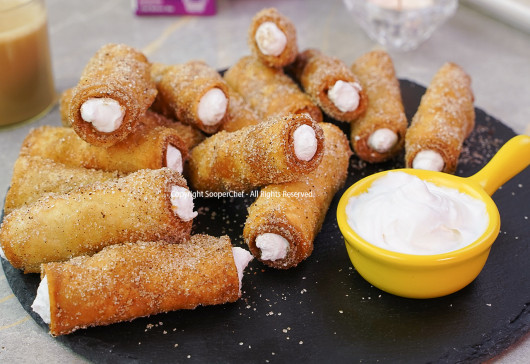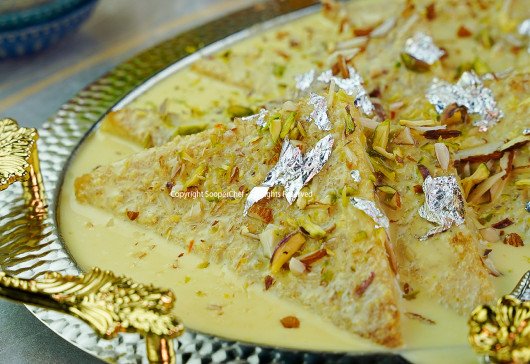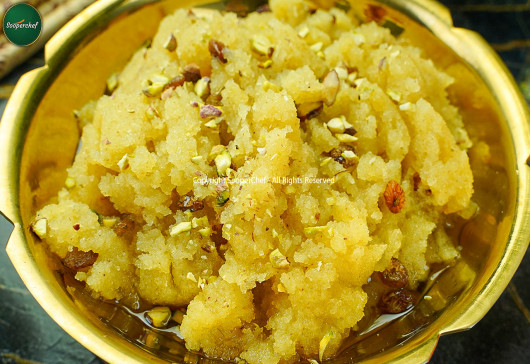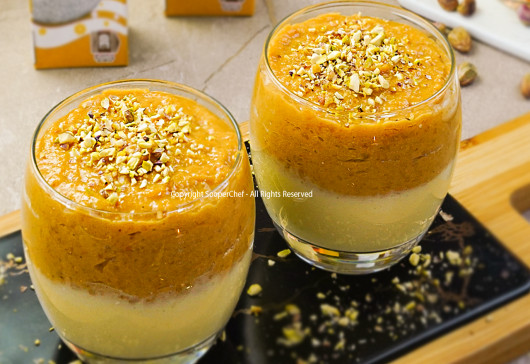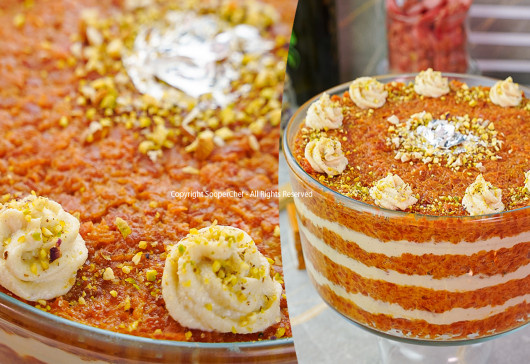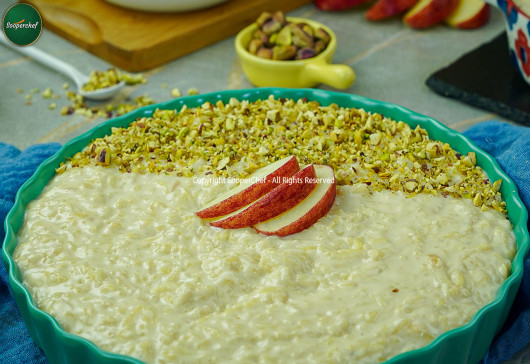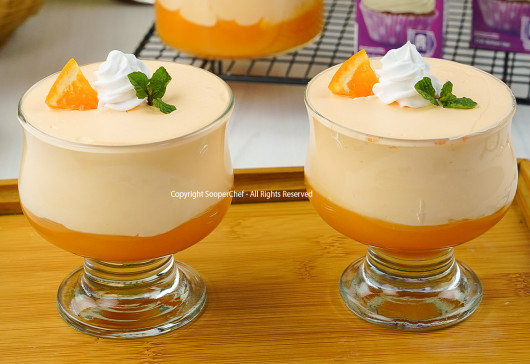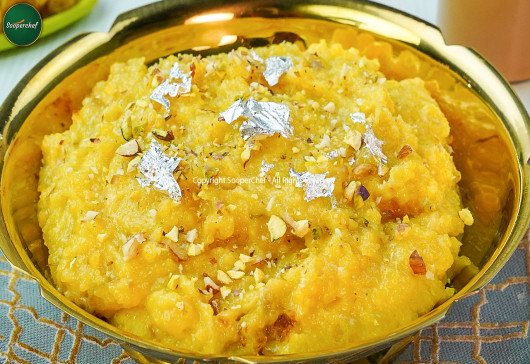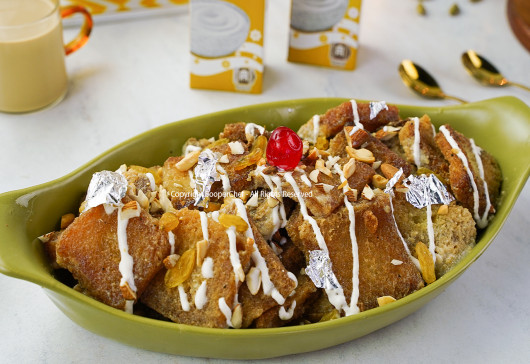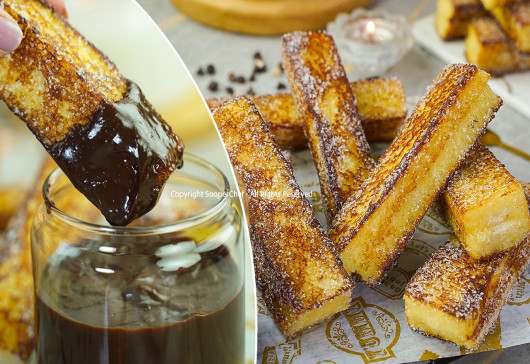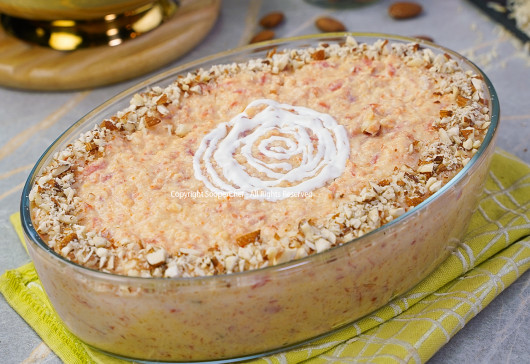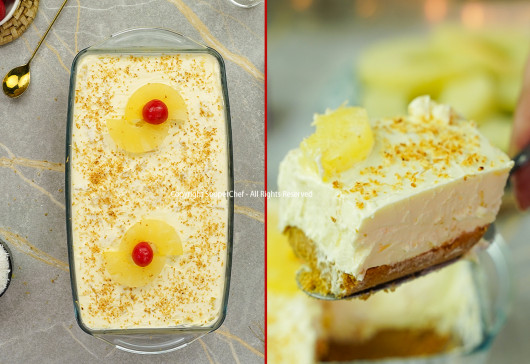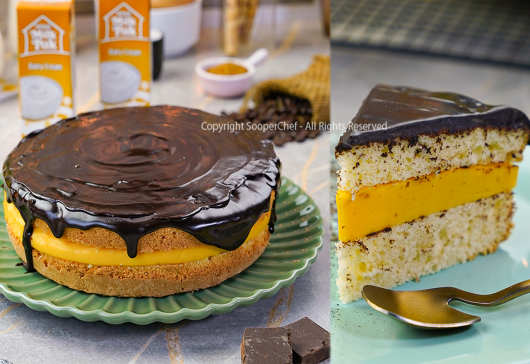1 - 20 of ( 285 ) records
We need desserts every day probably every night as Pakistani’s has a sweet tooth. Pakistanis have a forceful approach for desserts and if you neglect a dessert after a food, you might feel unfilled, have the sensation of missing a bit important, and you will not consider that you have had food. Of course, Desserts are essential.
Sweet dishes and desserts have the power to make us all happy. You see, nothing screams celebration quite as these traditional Pakistani sweet dishes and desserts do. Even when we're low, we crave something sweet to turn that frown upside down.
We need desserts every day probably every night as Pakistani’s has a sweet tooth. Pakistanis have a forceful approach for desserts and if you neglect a dessert after a food, you might feel unfilled, have the sensation of missing a bit important, and you will not consider that you have had food. Of course, Desserts are essential.
Sweet dishes and desserts have the power to make us all happy. You see, nothing screams celebration quite as these traditional Pakistani sweet dishes and desserts do. Even when we're low, we crave something sweet to turn that frown upside down.
Traditional sweet dishes and desserts in Pakistan
Pakistanis are fond of delicious sweet recipes and traditional desserts. Here we will provide you some of the deliciously sweet recipes in Urdu including, easy dessert recipes, best dessert recipes in Urdu, desserts to make at home, simple dessert recipes, ras malai recipe in Urdu, zarda recipe in Urdu, jalebi recipe in Urdu and many other traditional Pakistani sweet dishes in Urdu.
I must say that our Pakistani desserts have rich flavors and no one can refuse to accept them. None of the events are completed whether it may be “Eid “or a wedding dinner or a Milad.
A list of Pakistani desserts and sweet dishes:
Pakistanis are fond of delicious sweet recipes and traditional desserts. Here we will provide you some of the deliciously sweet recipes in Urdu including, easy dessert recipes, best dessert recipes in Urdu, desserts to make at home, simple dessert recipes, ras malai recipe in Urdu, zarda recipe in Urdu, jalebi recipe in Urdu and many other traditional Pakistani sweet dishes in Urdu.
I must say that our Pakistani desserts have rich flavors and no one can refuse to accept them. None of the events are completed whether it may be “Eid “or a wedding dinner or a Milad.
A list of Pakistani desserts and sweet dishes:
No matter what the occasion, the presence of these special Pakistani sweet dishes and desserts is always predictable. These treats fulfill the craving for a simple sweet at the end of a spicy meal, no matter what form it has. Here’s a list of some of the most common Pakistani desserts and sweet dishes that are the nation’s favorites. But I like to include that these desserts are evergreen regardless of any occasion or season.
Zarda:
No matter what the occasion, the presence of these special Pakistani sweet dishes and desserts is always predictable. These treats fulfill the craving for a simple sweet at the end of a spicy meal, no matter what form it has. Here’s a list of some of the most common Pakistani desserts and sweet dishes that are the nation’s favorites. But I like to include that these desserts are evergreen regardless of any occasion or season.
Zarda:
Zarda is one of the best-looking Pakistani desserts out there – it doesn’t even need much garnishing to make it look stunning! Aside from its gorgeous hue and its colorful speckling of nuts and raisins, Zarda is definitely a favorite in my house due to how delicious and satisfying it is after a salty and spicy meal. Traditionally served on special and happy occasions such as weddings and Eid.
Zarda is one of the best-looking Pakistani desserts out there – it doesn’t even need much garnishing to make it look stunning! Aside from its gorgeous hue and its colorful speckling of nuts and raisins, Zarda is definitely a favorite in my house due to how delicious and satisfying it is after a salty and spicy meal. Traditionally served on special and happy occasions such as weddings and Eid.
The best Zarda is one where each grain of rice is long, separate, and firm with no evidence of mush or overly softened rice, all whilst being coated in the sparkling syrupy goodness of the sugar.
Suji ka Halwa:
The best Zarda is one where each grain of rice is long, separate, and firm with no evidence of mush or overly softened rice, all whilst being coated in the sparkling syrupy goodness of the sugar.
Suji ka Halwa:
Suji ka halwa recipe is the most popular halwa in our country. It is a very easy and quick recipe and its ingredients are easily available in every household. Semolina or Suji is cooked with sugar syrup and cooked properly on slow heat for some time. Then ghee is added to this paste of Suji and sugar syrup and cooked well to completely dissolve ghee and Suji and to dry the excess water and thicken the Halwa.
Suji ka halwa recipe is the most popular halwa in our country. It is a very easy and quick recipe and its ingredients are easily available in every household. Semolina or Suji is cooked with sugar syrup and cooked properly on slow heat for some time. Then ghee is added to this paste of Suji and sugar syrup and cooked well to completely dissolve ghee and Suji and to dry the excess water and thicken the Halwa.
Once the Suji ka halwa recipe is ready to serve; it is garnished with almonds and pistachios. Suji ka Halwa recipe is usually served with Puri as a popular Pakistani breakfast. Suji ka Halwa recipe is even made on Shab e Bara’at to mark the special occasion, or even on Eid.
Firni:
Once the Suji ka halwa recipe is ready to serve; it is garnished with almonds and pistachios. Suji ka Halwa recipe is usually served with Puri as a popular Pakistani breakfast. Suji ka Halwa recipe is even made on Shab e Bara’at to mark the special occasion, or even on Eid.
Firni:
Tempting firni or rice kheer is a quick dessert. On Eid or any sweet occasion, you can enjoy this dessert with the entire family. Flavored with elaichi and pista, take Firni to a whole new level with this exquisite recipe. Serve chilled in a bowl for a festive occasion and bask in the glory. This Firni is made of sugar and love.
Rasmalai:
Tempting firni or rice kheer is a quick dessert. On Eid or any sweet occasion, you can enjoy this dessert with the entire family. Flavored with elaichi and pista, take Firni to a whole new level with this exquisite recipe. Serve chilled in a bowl for a festive occasion and bask in the glory. This Firni is made of sugar and love.
Rasmalai:
Basically, a dairy sweet consisting of small, smooth cakes of homemade cheese (curd cheese) floating in sugary condensed milk, with little pistachios on top. Rasmalai is an extravagant sweet frequently served at weddings and eaten on extraordinary occasions. Rehmat e Sheerin is famous for its ras malai.
Gajrella:
Basically, a dairy sweet consisting of small, smooth cakes of homemade cheese (curd cheese) floating in sugary condensed milk, with little pistachios on top. Rasmalai is an extravagant sweet frequently served at weddings and eaten on extraordinary occasions. Rehmat e Sheerin is famous for its ras malai.
Gajrella:
It is a pudding dish. It is made of as the name says carrots which are grated and then cooked in milk. Served with khoya and nuts this makes it heavenly. Made with few ingredients but it is worth making. It contains a lot of calories and could also be a source of more than the necessary amount of sugar intake, but none of it stops Pakistani’s from reducing its consumption, because that’s how delicious it is.
Jalebi:
It is a pudding dish. It is made of as the name says carrots which are grated and then cooked in milk. Served with khoya and nuts this makes it heavenly. Made with few ingredients but it is worth making. It contains a lot of calories and could also be a source of more than the necessary amount of sugar intake, but none of it stops Pakistani’s from reducing its consumption, because that’s how delicious it is.
Jalebi:
Jalebi still remains a very popular breakfast dish in Pakistan. Jalebi is sweet but people so often eat it as a special breakfast on weekends or at festivals. Traditionally it is made with a fermented batter of all-purpose flour, gram flour (besan), baking soda, and water. This fermented batter is then poured in concentric circles in hot oil and deep-fried. Then these fried spirals are soaked in sugar syrup for a few minutes and later served. So, the end result is a crispy, syrupy, juicy, and crunchy jalebi.
It is often had alone or in combination with some food items. E.g., Some people like to have jalebi with milk or with Rabri.
Sohan halwa:
Jalebi still remains a very popular breakfast dish in Pakistan. Jalebi is sweet but people so often eat it as a special breakfast on weekends or at festivals. Traditionally it is made with a fermented batter of all-purpose flour, gram flour (besan), baking soda, and water. This fermented batter is then poured in concentric circles in hot oil and deep-fried. Then these fried spirals are soaked in sugar syrup for a few minutes and later served. So, the end result is a crispy, syrupy, juicy, and crunchy jalebi.
It is often had alone or in combination with some food items. E.g., Some people like to have jalebi with milk or with Rabri.
Sohan halwa:
Sohan halwa is a traditional dessert that is consumed throughout South Asia, mostly in Pakistan, India, Iran, and Afghanistan. Different versions of this sweet dish exist, but it is usually prepared with a mixture of milk, flour, sprouted wheat, water, lemon salt, sugar, and ghee that is boiled until it has thickened and developed a caramel-like color.
Whether round or square, this halwa variety is usually filled with chopped nuts such as pistachios, almonds, and walnuts, and it is often flavored with aromatic spices such as cardamom and saffron. Once cooled down, the halwa develops a hard, candy-like texture.
Some final words
Sohan halwa is a traditional dessert that is consumed throughout South Asia, mostly in Pakistan, India, Iran, and Afghanistan. Different versions of this sweet dish exist, but it is usually prepared with a mixture of milk, flour, sprouted wheat, water, lemon salt, sugar, and ghee that is boiled until it has thickened and developed a caramel-like color.
Whether round or square, this halwa variety is usually filled with chopped nuts such as pistachios, almonds, and walnuts, and it is often flavored with aromatic spices such as cardamom and saffron. Once cooled down, the halwa develops a hard, candy-like texture.
Some final words
Sweet dishes and desserts are not just about eating, it’s a sentiment that connects people with each other. Most of these sweet dishes and desserts are easier to make and if you use the right ingredients, they could be healthier as well. Once again, these sweet dishes and desserts are not only just limited to some special occasions and weddings as Pakistanis love to eat them at any time, especially after dinner or breakfast.
Sweet dishes and desserts are not just about eating, it’s a sentiment that connects people with each other. Most of these sweet dishes and desserts are easier to make and if you use the right ingredients, they could be healthier as well. Once again, these sweet dishes and desserts are not only just limited to some special occasions and weddings as Pakistanis love to eat them at any time, especially after dinner or breakfast.
